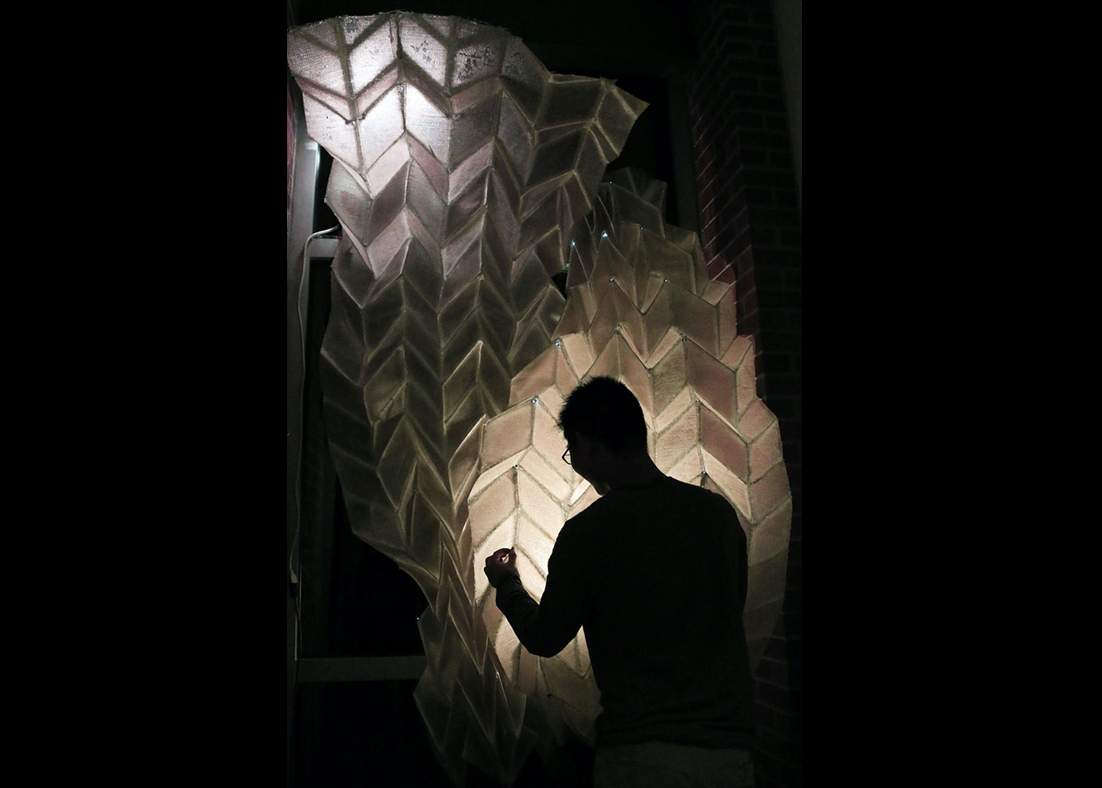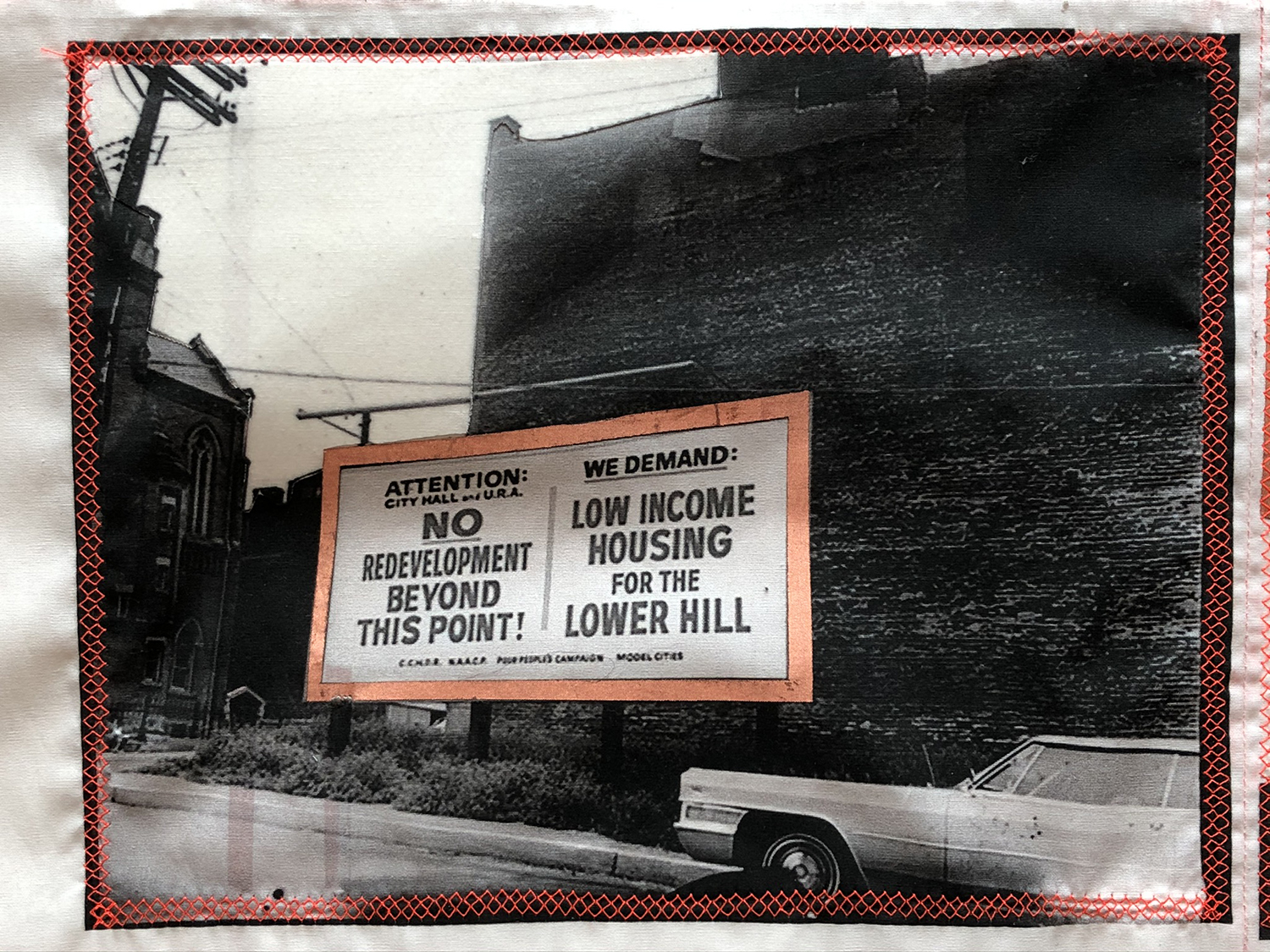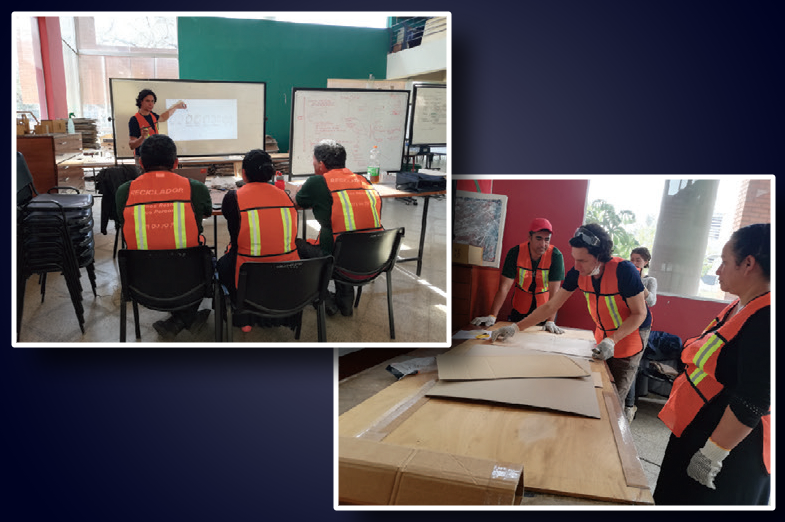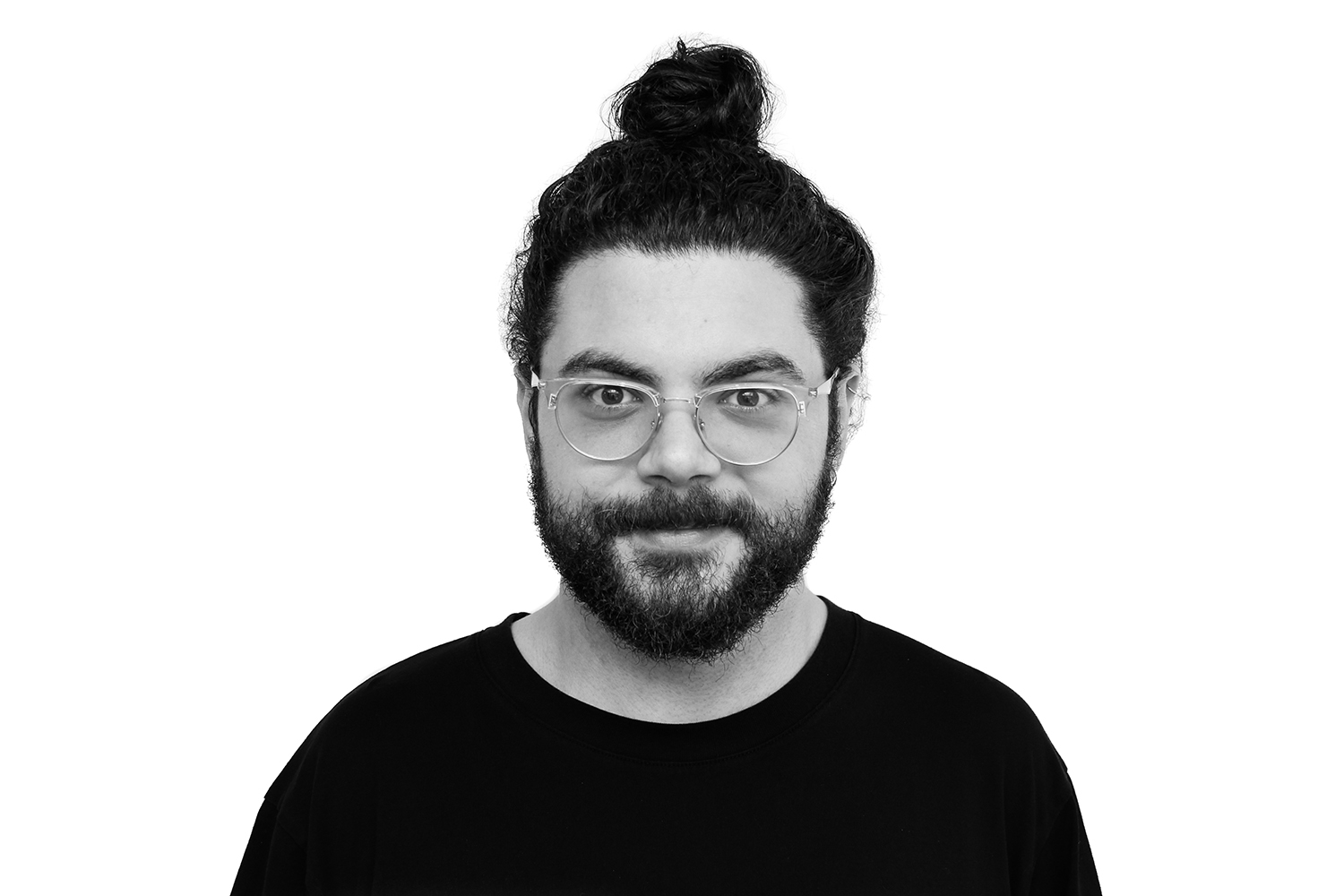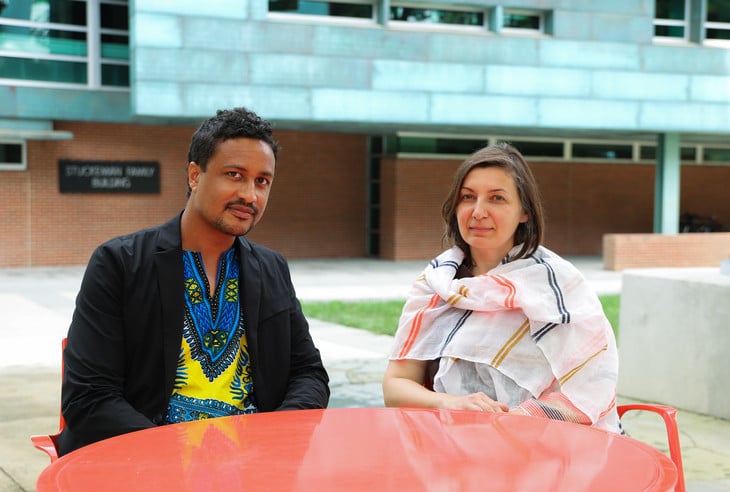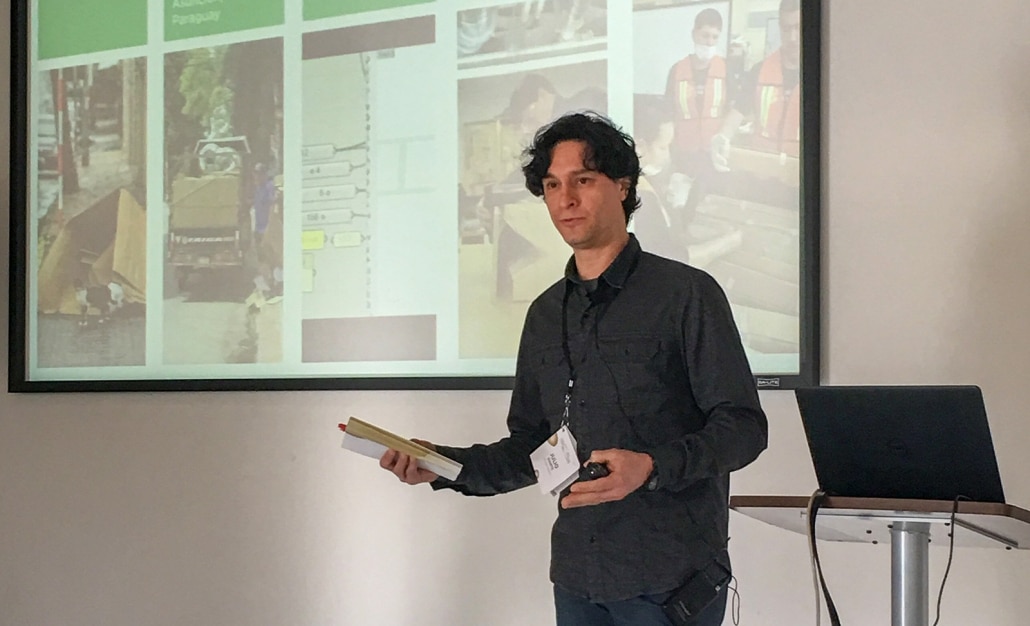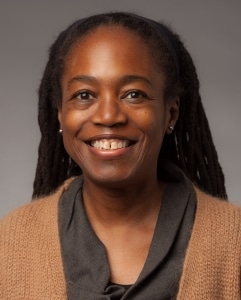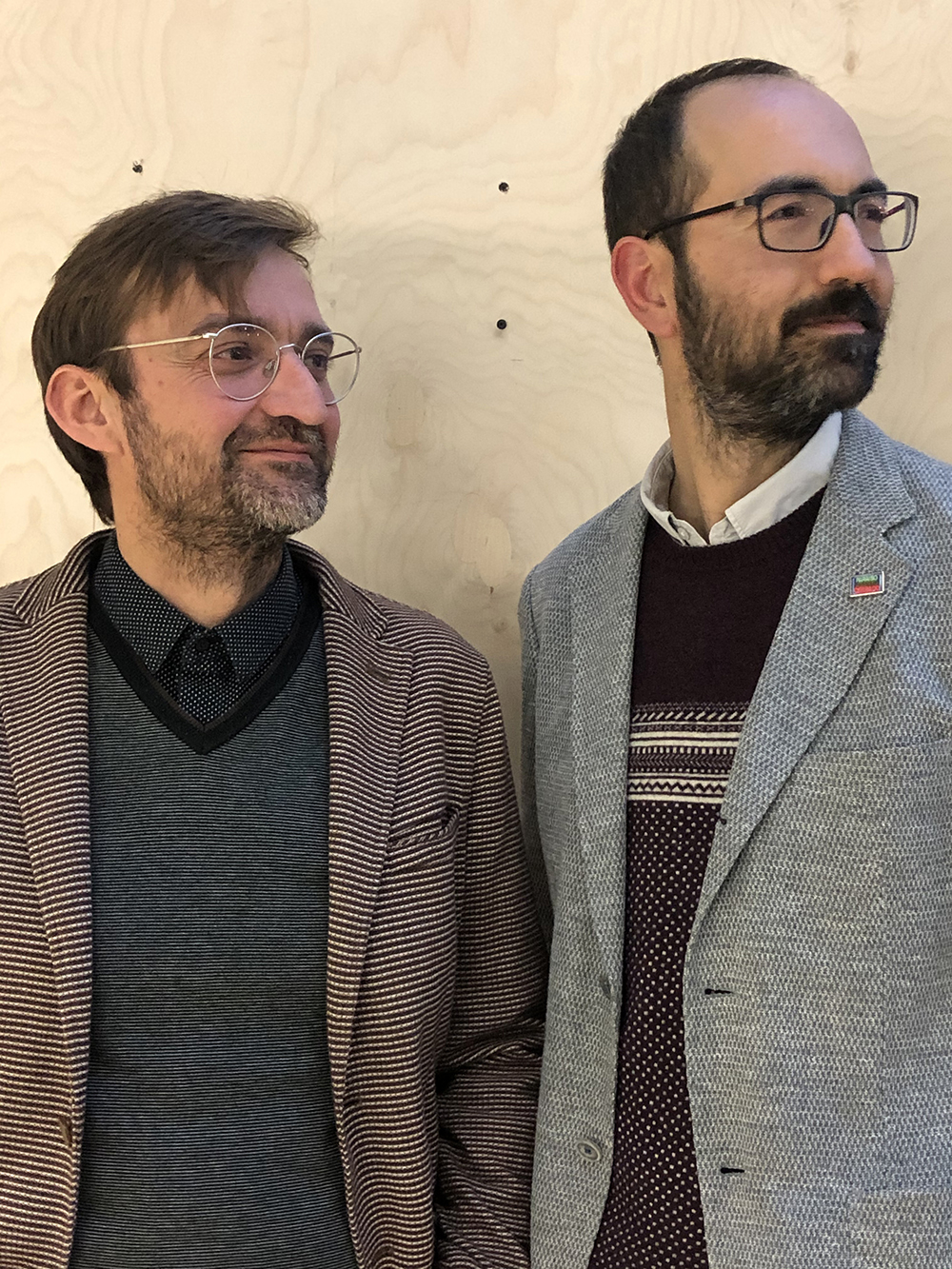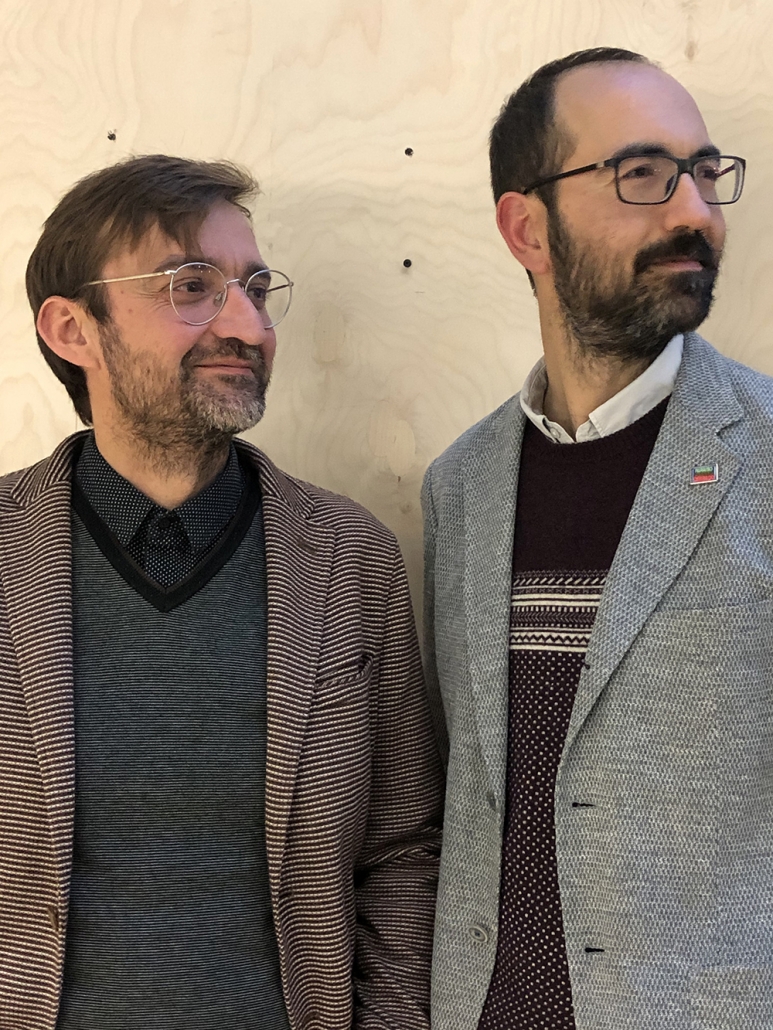Penn State
Architecture professor honored with Cooper Hewitt National Design Award
UNIVERSITY PARK, Pa. — Felecia Davis, associate professor of architecture in College of Arts and Architecture’s Stuckeman School at Penn State, has been named the winner of the 2022 Cooper Hewitt, Smithsonian Design Museum National Design Award in the Digital Design category for her work that explores the use of computational textiles.
Established in 2000, the National Design Awards recognize those leaders in nine design categories – Design Visionary, Climate Action, Emerging Designer, Architecture/Interior Design, Communication Design, Digital Design, Fashion Design, Landscape Architecture and Product Design – as determined by a multidisciplinary jury of practitioners, educators and leaders from a wide range of design fields.
A lead researcher in the Stuckeman Center for Design Computing and director of the Computational Textiles Lab (SOFTLAB), Davis’s research reimagines how people might use textiles in their daily lives and in architecture through computational textiles, which respond to the environment via programming, embedded sensors and electronics, as well as use the natural transformable properties of textiles.
Davis was recognized by the Cooper Hewitt, Smithsonian Design Museum for her “innovative design of digital products, environments, systems, experiences and services.”
“This award was a great surprise, and I am honored to be among such respected colleagues in the 2022 National Design Award cohort,” said Davis. “Receiving this award is especially encouraging in that it recognizes a body of work that has been happening over a number of years.”
Davis said she feels like feels like it has taken a while to get her works off the ground because most everything she does is prototyped with real materials. In addition, coming from architecture, that has also meant prototyping at scale.
“The award is also important to me in that it recognizes digital work that is about human interaction with textile material that has been fabricated with digital tools, embedded with digital sensors or uses the natural properties of the material to communicate some information to people about themselves or their environment,” she said.
Davis was recently named a winner of the Architecture League of New York’s Emerging Voices 2022 competition and she was awarded a Skidmore Owings & Merrill (SOM) Foundation Research Prize as the principal investigator for “MycoKnit,” an interdisciplinary, collaborative project that explores mycelium-based and knitted textiles to form a sustainable building material.
She has been featured in the PBS “Women in Science Profiles” series and work was part of the Museum of Modern Art’s (MoMA) “Reconstructions: Blackness and Architecture in America” exhibition in 2021. That experience led to Davis cofounding the Black Reconstruction Collective, a nonprofit organization of Black architects, scholars and artists that supports and funds design work about the Black diaspora.
The principal of Felecia Davis Studio, Davis is currently penning book that examines the role of computational materials in our lives titled “Softbuilt: Networked Architectural Textiles.”
Learn more about this year’s class of National Design Award winners on the Cooper Hewitt website.

 Study Architecture
Study Architecture  ProPEL
ProPEL 